Skipping panchromatic film, which truly delivers black and white photographs, every digital black and white image out there has been post-produced via software.
Therefore, every black and white photograph made through a digital format is nothing more than a post-production that has been made after pulling the raw files an SD card.
Unless you own one of these bad boys, you aren't really shooting black and white digital photography. Even Fujifilm's film simulations aren't pure monochrome renditions of reality since their sensors are not monochrome engineered. Covered that, we can say that black and white photography nowadays is a matter of post-production rather than an inside-camera process.
Many genres enjoy the benefits of the monochromatic aesthetic, but there is one that truly excels at it, and that is street photography.
For some reason, people think that street photography should be in black and white, but this is obviously not true. What is true is that many good street photographers tend to develop their images based on a black and white decision.
Today we'll be talking a bit more about the main reasons why this decision happens to be so popular among street photographers.
1. Black and White Is Timeless
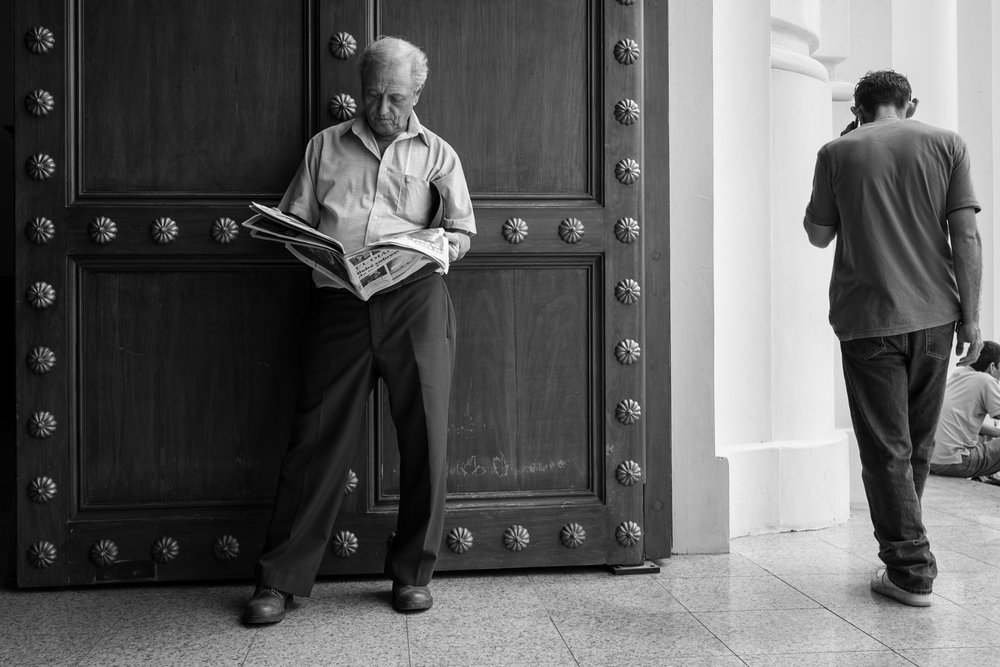
Beyond being a romantic sentence, this format is indeed quite timeless. It is easier to spot a time or an epoch via color, and black and white stretches time a little bit more.
Other elements like architecture, cars and clothes are other ways in which one can spot a specific range of time, but color narrows that scope. Also, we have consumed more historic black and white photographs than color.
Fun Fact: Black and white film usually said “professional” on the box, contrary to film color negatives and slides which just a few were marketed for professional usage.
2. There is a Legacy Feeling Involved
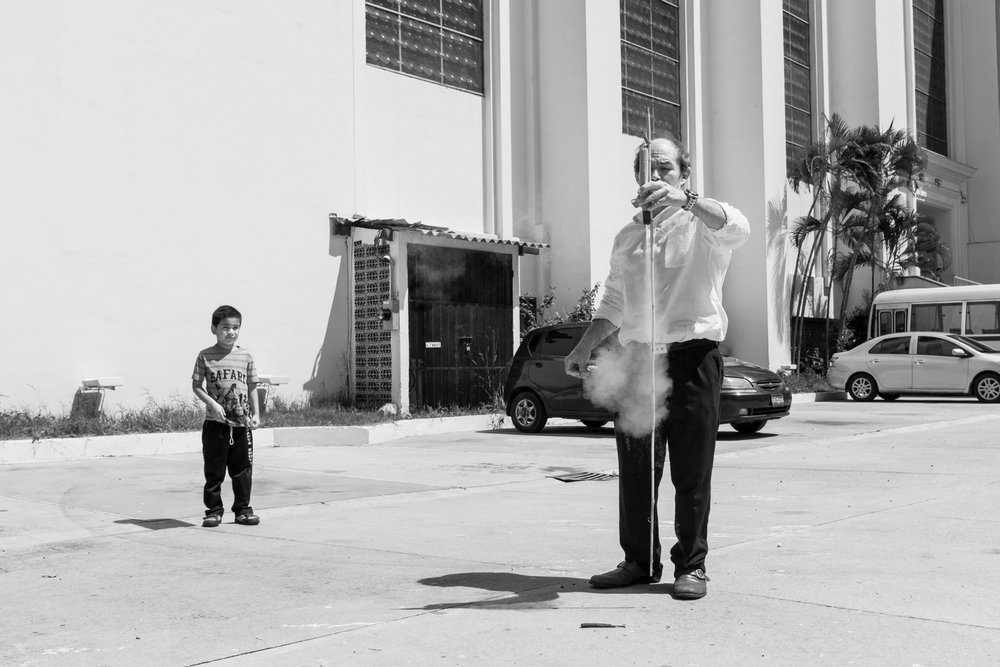
Photography has had quite a rough time making its way through the fine art world since it was considered more to be a product of technology.
Even Walter Benjamin said that it had no aura for him, and to some point, he was right; a photograph can be reproduced countless times.
Back on track, it was only in the late-mid twentieth century that photography began to be recognized as an art form, especially after “New Documents” saw the light in 1967. This was an exhibition curated by one of my personal heroes, John Szarkowski, and here he institutionalized photography as an art form.
Color photography, on the other hand, has been even less popular in the fine art world. Therefore, there is a feeling here that makes people think that black and white photography is more valid as an art form.
The curious thing is that not only was photography the subject in New Documents; it was also street photography. Well, most of it was street photography. This exhibition showcased the work of three tremendous photographers, Diane Arbus (more of a portrait photographer) Garry Winogrand and Lee Friedlander, both street photographers.
Beyond New Document, many galleries, books and museums have shown us that the work of early street photography masters like Robert Doisneau, Henri Cartier-Bresson and even Fan Ho is art. And guess what, most of those photographs have been shown to us in black and white.
3. It Helps Enhancing Drama
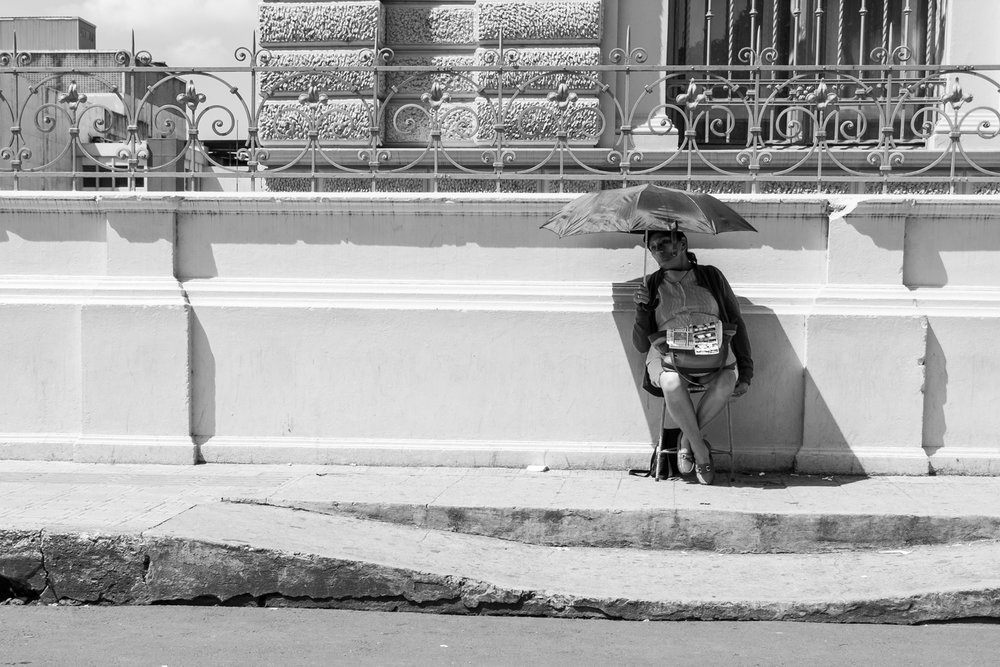
By transforming an image into black and white, there is a higher chance for you to pull the contrast way further than with color. Color tends to render some funny results after tweaking contrasts and other things that can be adjusted in any raw development software.
This is a pretty strong reason for why so many street photographers prefer to publish their images in black and white because honestly, it is easier to have more engaging results that are dramatic and even exaggerated to a point.
Also, some street photographers forget to change their ISO when dwelling between lights and shadows; and black and white is a sloppy yet useful way for correcting those flaws. I've done it; I won't lie to you.
4. To Avoid Distractions
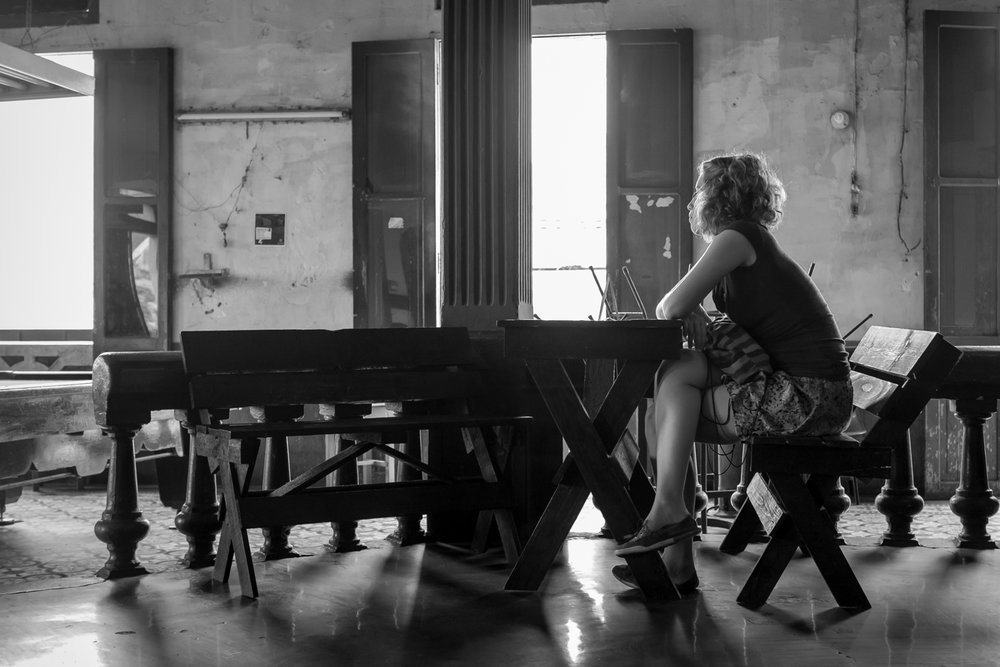
Alright, for me, this is the main and only valid reason why street photography should be presented in black and white. It is challenging to make colors get along in an aesthetic way on the streets due to the lack of control. We can't control what is in front of us, and things happen so fast that we rarely move below 1/60 or beyond 1/250 of a second unless we want some blurriness on the shot.
I must be honest, I like color photography, and I even love the colors that my current camera produces thanks to the classichrome film simulation from Fujifilm, but it is extremely hard to achieve it in a subtle and appealing way, at least for me.
I don't see myself as some special and unique case in photography, so if this happens to me I can infer that it happens to plenty of street photographers out there.
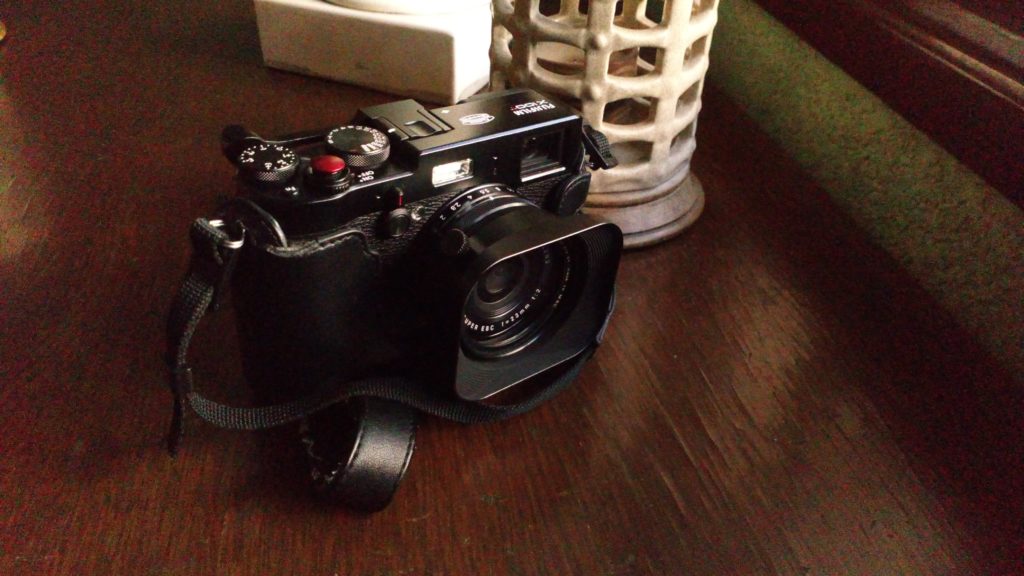
If the whole color palette doesn't behave well together, the message will be delivered in a distorted way, or at least not in the most efficient form. Black and white reduces this distraction by subtracting color; it simply gets it out of the equation and enables the photograph to transmit the message embedded in it in a sleeker way.
Try reading some photographs, and you'll see that color photography tends to be more complex to decode. Of course, there are various amazingly talented street photographers that have captured the streets in color, and that is my main goal really, to produce color photography that pleases me at a high level.
For the moment, I will stick to transforming into monochrome all those keepers that aren't good enough to be presented in color.
5. It Looks Good
Well, let's face it; black and white photography looks awesome. So, if you like the results that you are seeing, leave them like that. After all, black and white photography is not like in the days of film, we now can choose between color and black and white multiple times on the very same photograph file.
Now you know, so don't feel bad if you are shooting street images in color at first and then you are transforming them into black and white. That is exactly how everybody else has been doing it, at least when it comes to digital photographs.
There are some outliers, of course, like the people shooting with Fujifilm that are so in love with their film simulations that they even are starting to shoot mainly on jpeg!
Don't forget to share your thoughts with us in the comments below




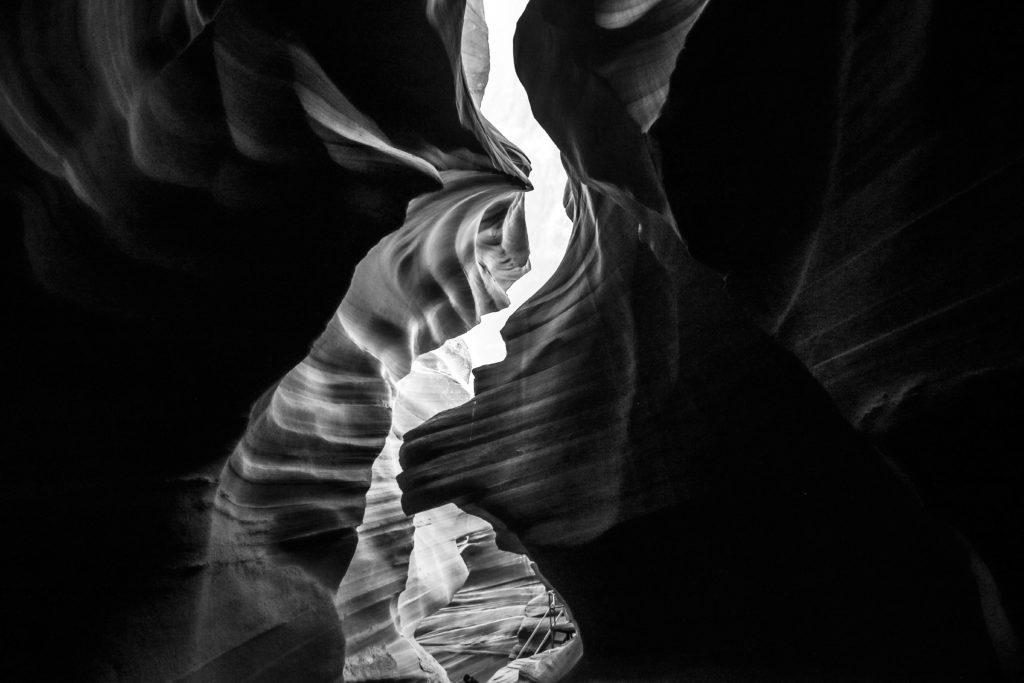
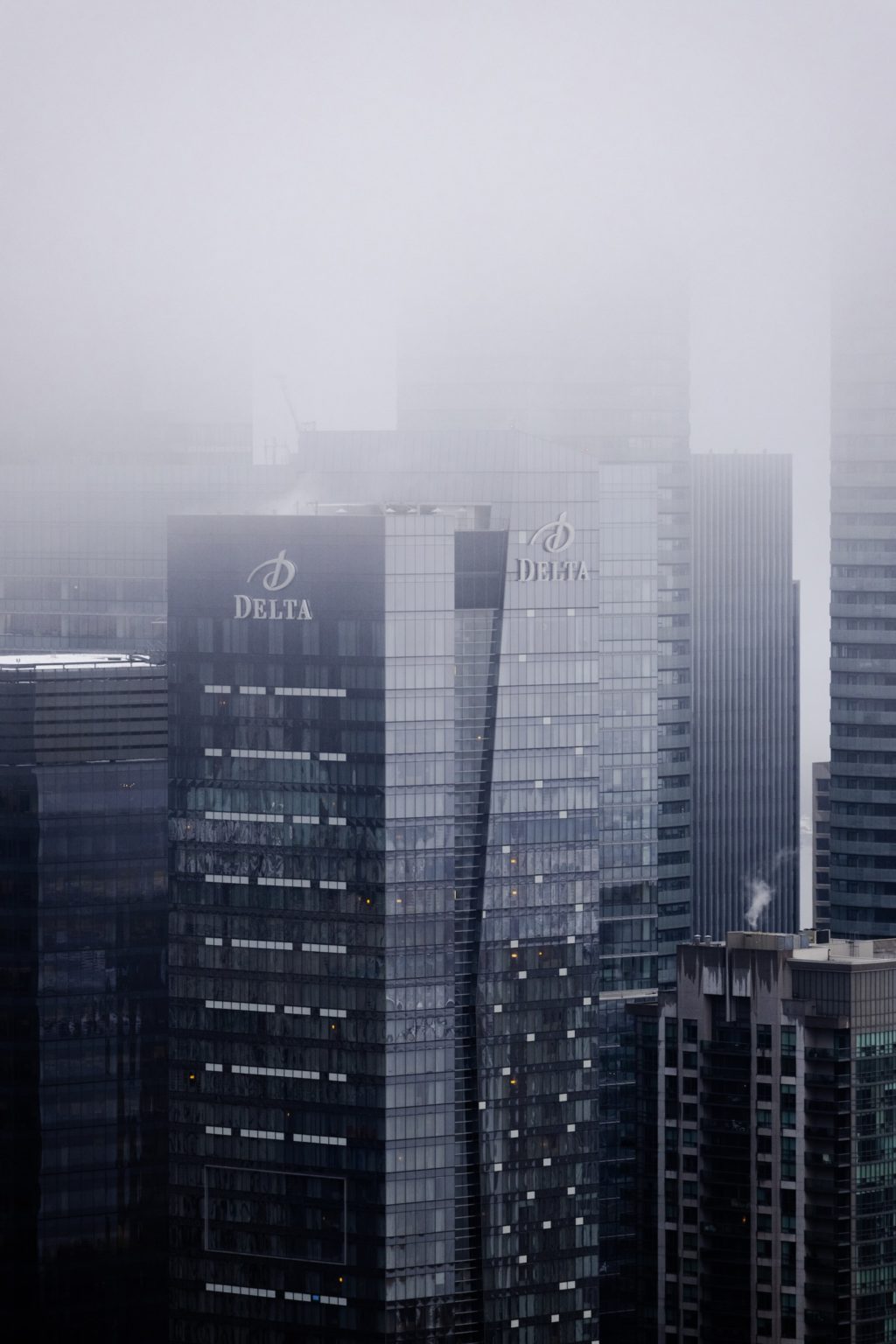
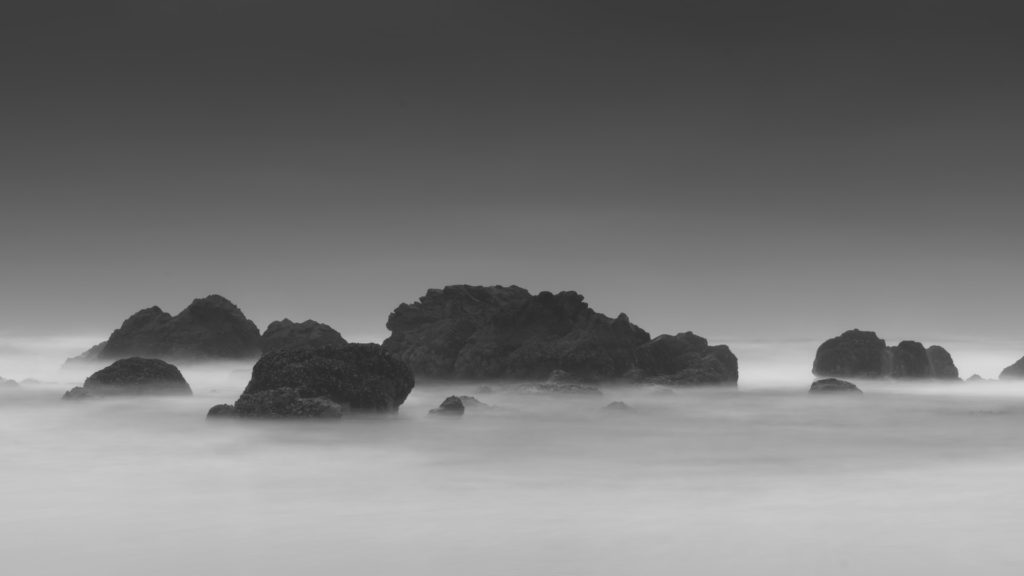
1 Comment
Black and white photography focus on form, volumes and Light, like pencil drawing. No distraction, Just the essence of the subject and its meaning. It is an abstracion.